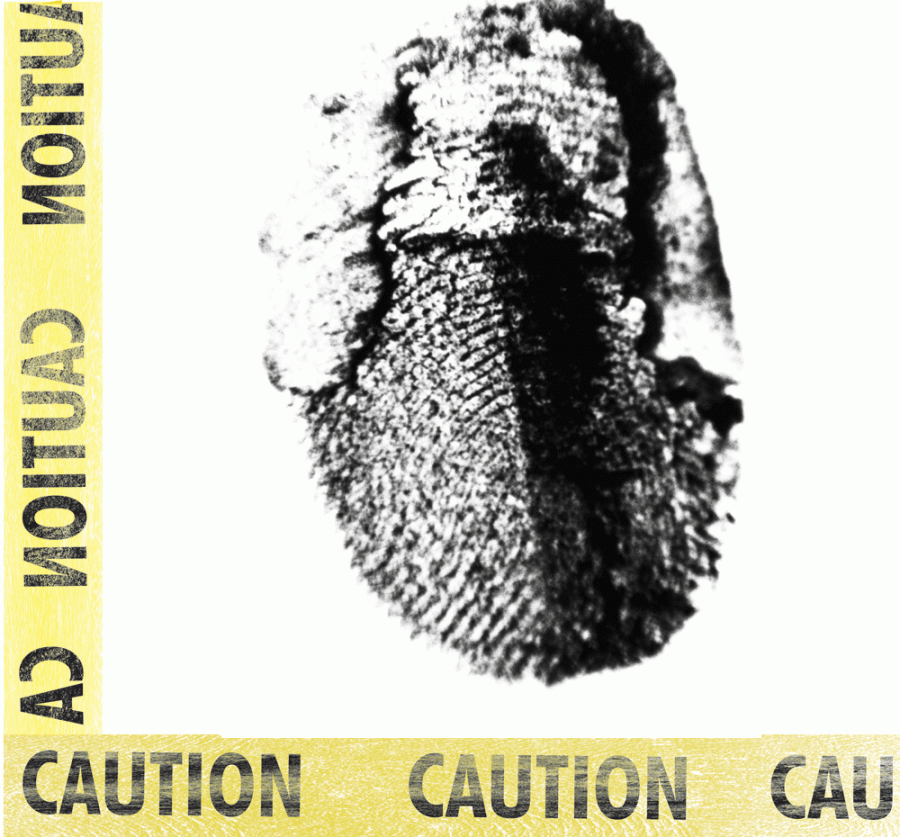
In the late hours of a spring night, as he walked home with two friends, sophomore Thomas Blower witnessed something much less familiar than the route he was taking; two assailants were mugging a 19-year-old college student.
“At first they were throwing beer down at him, so basically he stood there, and he taunted them as if to say, ‘Yeah, I’m not afraid of you,’” Blower said. “And they definitely just beat his a**. It was only three or four swings, and he was down, out on the ground.”
There seems to be a growing perception among Columbia residents that the city is experiencing a sudden surge in violent crime. In a survey taken by The ROCK staff, 63 percent of 180 RBHS students polled believe Columbia is becoming increasingly violent.
Since February, three high-profile cases have commanded local media attention: the Feb. 20 shooting at the Chuck E. Cheese located on West Worley Street, the shooting of 17-year-old Douglass High School student Deaudre Johnson at a city park March 12 and the April 7 killing of former RBHS junior Bryan Rankin near 3600 West Sugar Tree Ln.
Senior Deanna Vanzant, an acquaintance of the deceased Rankin, expressed concern about what she believes is a recent trend toward violence in Columbia.
“All you have to do is watch TV or look at a newspaper, and it seems like every couple days there’s some shooting or something that happened here locally,” Vanzant said. “It’s definitely a big change from the way I remember this city from my childhood. I used to think of it as like just a nice town, and now it’s almost like it’s becoming a dangerous city.”
However, Sergeant Jill Schlude, head of public relations for the Columbia Police Department, said the perception that Columbia has fallen from grace isn’t quite accurate.
She said while any increase in crime is problematic, the rate at which crime in Columbia has risen is relatively low compared to cities that have experienced similar spikes in population.
According to the U.S. Census Bureau, from 2001-2010, Columbia’s violent crime rate increased by 10.4 percent, while the city’s population grew by 28.4 percent.
“It’s true that over the past few months there have been quite a few incidents that are way out of the norm in terms of what Columbia residents are used to hearing about and dealing with, and we obviously take these recent incidents as well as the citizens’ concern very seriously,” Schlude said. “It’s also true, however, that Columbia is still a very safe local community compared to other cities within the same population range.”
Whether or not Columbia as a whole is becoming more dangerous, Vanzant is still concerned with the fact that many of these recent incidents have been both perpetrated by and committed against teenage youths.
“I would definitely say that I’m worried just about the overall fact that people our age are being more violent,” Vanzant said. “We’re not really used to dealing with deaths of people our age, and I just hope it doesn’t keep happening.”
Megan Steen, head of Stephens Lake Behavioral Health Clinic in Columbia, said the inherent insecurity of the high school years can cause temptations toward a life of crime or gang-related activity for teenagers, especially for those who feel ostracized economically and socially.
“Crime at the high school level affects students because it occurs during a very impressionable and emotional time during an adolescent’s life. During this time of life, acceptance and a feeling of belonging are so important for many adolescents that it is easier to be pursued into activities which have negative consequences, such as crime,” Steen said. “Adolescents who turn to crime may not believe that they have any positive future goals for themselves, and turning to crime can lead them further off track from establishing positive goals.”
Both Steen and Assistant Principal Dr. Tim Wright believe a major factor that leads many high school students to engage in violent criminal activity is a lack of trusting relationships with adults.
Wright said through earning the trust of their students, RBHS administrators have been able to stop anything that might be constituted as violent crime from happening within the walls of RBHS.
“As administrators we try to keep an eye out for things that are going on in our community that could potentially spill over into school,” Wright said. “One of the biggest deterrents we have is our relationships with our students. We talk to students all the time and ask what is going on and if they know of people having issues.”
Although he said he feels safe within the boundaries of his high school, Blower’s perception of the city he calls home has radically changed since he witnessed the mugging of a stranger.
“I couldn’t believe it,” Blower said. “I was like, ‘Wow, is this what Columbia is turning into?’ It was eye-opening to see one of the paths I take home every night was populated with thugs who like to beat people up.”
When the victim isn’t a stranger, the result can be even more devastating.
Vanzant said the experience of suddenly losing someone she knew hasn’t only changed the way she sees the city, but also how she views relationships in her everyday life.
“It’s just whenever something like that happens, you’re just left kind of speechless. It’s really hard to understand how or why something like that happens,” Vanzant said. “It’s impossible to really even get that it happened immediately. It takes time to realize that somebody you know, you’re never going to see again. It just changes the way you see things. … It changes the way you see and treat other people, and you don’t take as many things for granted.”
By Blake Becker and Mike Presberg













































































